Introduction:
The importance of choosing the best web application development business in the current digital era cannot be emphasized. The selection of the web development partner becomes increasingly important as businesses and organizations depend more on web-based platforms to communicate with their customers, streamline operations, and maintain competition. Whether your web application is an enterprise solution, a customer portal, or an e-commerce site, its success depends on the skills, dedication, and abilities of the development team who created it.
Table of Contents
Understand Your Needs:
Understanding your specific requirements and goals is a fundamental step when choosing a web application development company, and it can significantly impact the success of your project. Here’s why it’s crucial:

1. Tailored Solutions:
Every business has unique needs and objectives. By clearly defining your requirements and goals, you ensure that the web application development company can tailor their services to meet your specific demands. This results in a solution that aligns perfectly with your business model and customer expectations.
2. Cost-Efficiency:
Knowing what you need upfront allows you to set a clear budget and avoid unnecessary expenses. Without a clear understanding of your requirements, you might end up paying for features or functionalities that you don’t actually need. By articulating your goals, you can ensure that you get the most value for your investment.
3. Time Savings:
A well-defined project scope enables the development company to work efficiently and deliver your web application on time. Without a clear understanding of your requirements, the development process can become drawn out with frequent changes and revisions, delaying the project and potentially causing additional costs.
4. Enhanced Communication:
When you have a clear vision of your project’s goals, it’s easier to communicate with the development team. This leads to a more productive and collaborative working relationship, as both parties are on the same page regarding the project’s objectives and milestones.
5. Quality Assurance:
Knowing your specific requirements helps in setting performance metrics and quality standards. With well-defined goals, you can assess the development company’s progress and the final product more effectively, ensuring it meets your expectations in terms of functionality and user experience.
6. Competitive Advantage:
Understanding your objectives and requirements allows you to stand out in your industry. A customized web application can give you a competitive edge, offering features and user experiences that differentiate your business from competitors.
7. Scalability and Future Growth:
A clear understanding of your goals allows for a web application that is scalable and adaptable to future needs. This forward-thinking approach ensures that your investment in web development continues to serve your business as it evolves.
Different types of Web Application
Web applications come in various forms, each designed to serve different purposes and meet distinct business or user needs. Here are some common types of web applications and how your requirements might vary depending on the type of application:

1. E-commerce Applications:
- Purpose: E-commerce applications are designed for online retail and sales, enabling businesses to sell products or services over the internet.
- Varied Needs: E-commerce applications require robust features for product listings, shopping cart functionality, payment gateways, inventory management, and user accounts. Security and data protection are paramount to ensure the safety of financial transactions. Scalability is also crucial to handle high traffic during peak shopping seasons.

2. Social Networking Applications:
- Purpose: Social networking applications facilitate online social interactions, connecting users with friends, colleagues, or interest-based communities.
- Varied Needs: User profiles, friend connections, news feeds, and real-time messaging are essential features. Scalability is critical to support a growing user base. Privacy and data protection measures are vital to maintain user trust.

3. Content Management Systems (CMS):
- Purpose: CMS applications help manage and organize digital content, making it easy to create, edit, and publish web content.
- Varied Needs: Content editors need intuitive and user-friendly interfaces for content creation and management. Flexibility and extensibility are key to accommodate various types of content, from text to multimedia. SEO features and content version control can be crucial for content optimization and compliance.
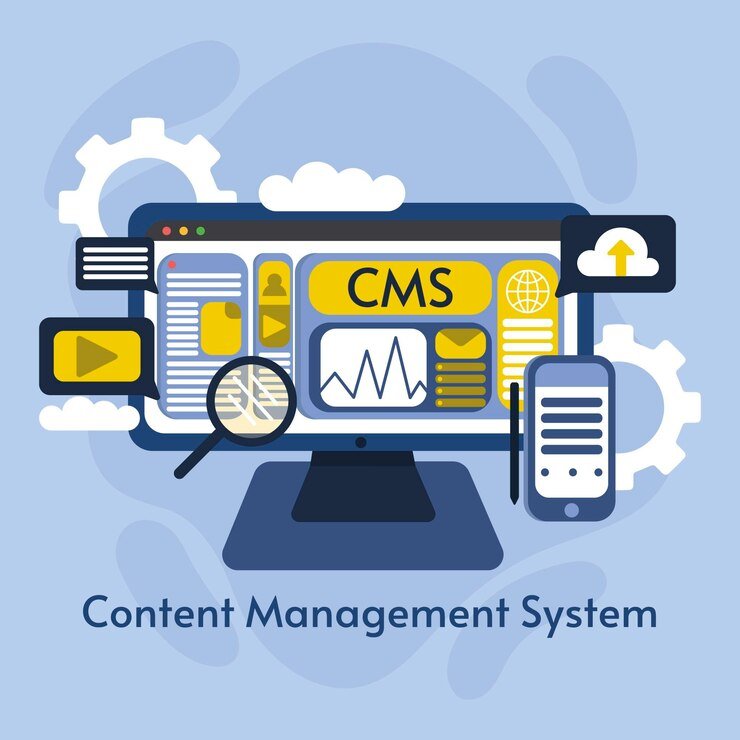
4. Project Management Tools:
- Purpose: Project management applications are used for planning, tracking, and collaborating on projects and tasks.
- Varied Needs: Features include task assignment, progress tracking, team collaboration tools, and reporting. Scalability is important for accommodating larger projects. Integration with other business tools (e.g., calendars, email, and document sharing) can enhance productivity.

5. Customer Relationship Management (CRM) Systems:
- Purpose: CRM applications centralize customer data and interactions, helping businesses manage relationships and improve customer service.
- Varied Needs: A CRM system should include contact management, sales tracking, marketing automation, and customer support features. Integration with communication channels, such as email and chat, is important for efficient customer interaction.

6. Educational Platforms:
- Purpose: Educational web applications facilitate online learning and training, serving students, teachers, and organizations.
- Varied Needs: Features include course creation and management, assessment tools, user analytics, and secure login for students and instructors. Scalability and support for various content formats (e.g., videos, quizzes, and assignments) are crucial.

7. Healthcare and Telemedicine Apps:
- Purpose: Healthcare web applications offer medical services, patient information management, and remote consultations.
- Varied Needs: Compliance with healthcare regulations, strong security, electronic health record (EHR) integration, and video conferencing capabilities are essential. User data privacy is critical, and adherence to HIPAA or other regional regulations is mandatory.
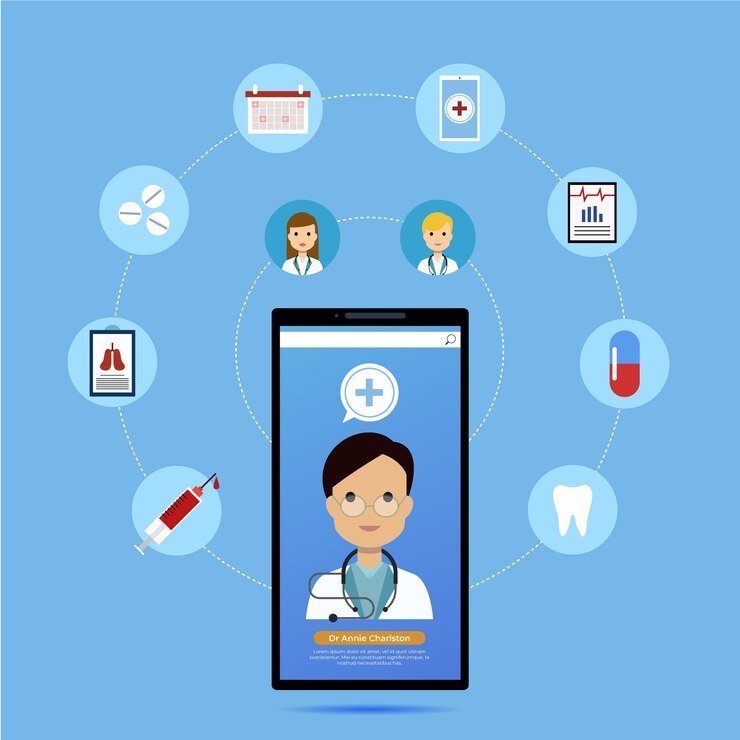
8. Booking and Reservation Systems:
- Purpose: These applications facilitate booking and reservations for services such as hotels, flights, restaurants, and appointments.
- Varied Needs: User-friendly booking interfaces, real-time availability updates, payment processing, and reservation management are key features. Scalability is crucial during peak booking periods.

Research Potential for Web Application Development Company:
Expertise and experience
Here’s an overview of the key aspects of expertise and experience needed in web application development:
1. Programming Languages:
- Proficiency in programming languages like JavaScript, Python, Ruby, PHP, Java, and C# is essential for web application development. JavaScript is especially important for front-end development, while back-end development often involves a broader range of languagesTesting and Quality Assurance

2. Front-end Development:
- Front-end development focuses on the user interface and user experience (UI/UX). It includes expertise in HTML, CSS, and JavaScript, along with popular libraries and frameworks such as React, Angular, and Vue.js. Knowledge of responsive design, accessibility, and cross-browser compatibility is crucial.
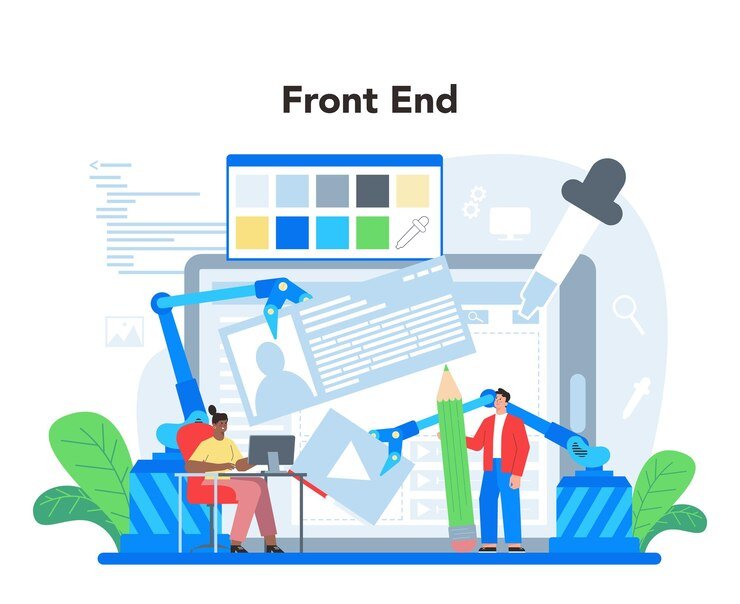
3. Back-end Development:
- Back-end development involves server-side logic, databases, and APIs. Proficiency in server-side programming languages like Node.js, Python (with frameworks like Django or Flask), Ruby on Rails, PHP, or Java is required. Knowledge of databases (SQL and NoSQL), RESTful and GraphQL APIs, and server management is important.

4. Full-Stack Development:
- Full-stack developers have expertise in both front-end and back-end development, allowing them to work on all aspects of web applications. They should be comfortable with a variety of technologies and frameworks.
5. Web Development Frameworks:
- Experience with web development frameworks like Ruby on Rails, Laravel, Express.js, Django, or ASP.NET can significantly speed up development and improve code organization.
6. Database Management:
- Expertise in database management systems such as MySQL, PostgreSQL, MongoDB, or SQLite is necessary for storing and retrieving data efficiently and securely.

7. Version Control:
- Proficiency in version control systems like Git and platforms like GitHub or GitLab is essential for collaborative development and code management.
8. Security:
- Knowledge of web application security best practices, including input validation, authentication, authorization, and protection against common vulnerabilities like SQL injection and cross-site scripting (XSS).
9. Web Servers and Deployment:
- Understanding of web server technologies (e.g., Apache, Nginx) and deployment processes, including cloud platforms (e.g., AWS, Azure, Google Cloud) and containerization (e.g., Docker).
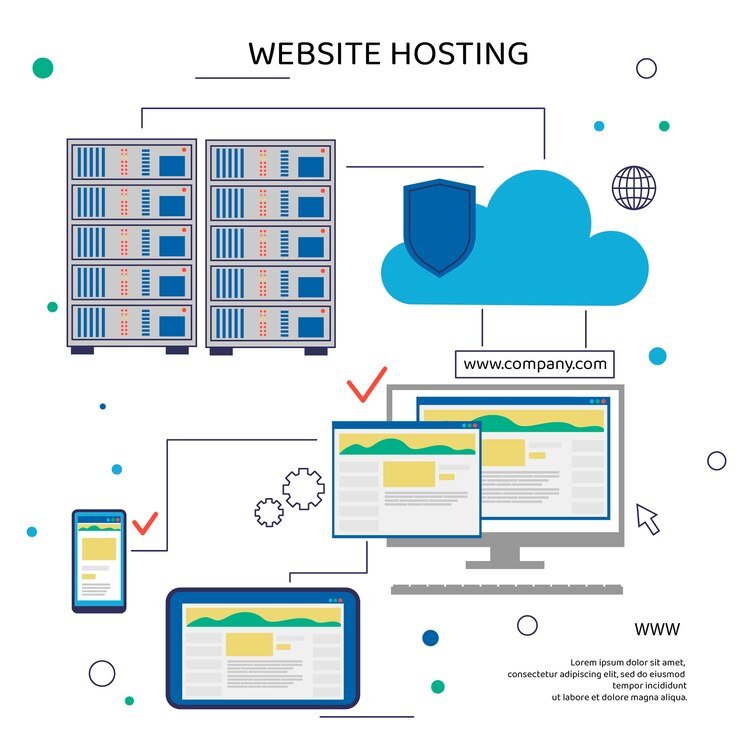
10. Testing and Quality Assurance:
- Experience with testing frameworks (e.g., Jest, Selenium), continuous integration, and test-driven development (TDD) for maintaining code quality and reliability.

11. User Experience (UX) and Design:
- Familiarity with UX principles and design skills can be advantageous for front-end developers to create visually appealing and user-friendly web applications.
12. Performance Optimization:
- Knowledge of techniques for optimizing web application performance, including code minification, image optimization, and caching.
13. Agile Development:
- Understanding of agile methodologies like Scrum or Kanban to manage project development in an iterative and collaborative manner.
14. Communication and Collaboration:
- Effective communication skills, teamwork, and collaboration with other developers, designers, and stakeholders are crucial for successful web application development.
15. Maintenance and Updates:
- Experience in maintaining and updating web applications over time, including addressing bugs, adding new features, and ensuring security.
Project Management and Communication:
Effective project management and clear communication are foundational pillars of successful web application development. Their importance cannot be overstated, as they play a crucial role in ensuring that a project is delivered on time, within budget, and with high quality. Here’s why they are essential:
- Efficient Resource Allocation: Effective project management involves planning, organizing, and allocating resources efficiently. This helps in optimizing the use of time, talent, and technology, which is critical for staying on schedule and within budget.
- Project Planning and Scope Definition: Clear communication during the initial phases of a project ensures that all stakeholders understand the project’s scope, objectives, and requirements. This forms the basis for effective project management, preventing scope creep and unnecessary delays.
- Timely Milestones and Deadlines: Project management establishes milestones and deadlines. Clear communication ensures that all team members and stakeholders are aware of these targets and their responsibilities, facilitating progress tracking and accountability.
- Risk Management: Effective project management involves identifying and mitigating risks. Transparent communication allows for the early identification of potential challenges and issues, enabling prompt resolution and risk mitigation.
- Quality Assurance: Good project management includes quality assurance processes. Clear communication helps in conveying quality standards and expectations to the development team, ensuring that the final product meets these criteria.
- Budget Control: A well-managed project includes financial planning and control. Effective communication allows for budget transparency and helps in identifying and addressing cost overruns early.
- Resource Allocation: Project managers allocate resources such as developers, designers, and testers to different tasks based on their skills and availability. This requires clear communication to prevent overloading team members or underutilizing their capabilities.
- Change Management: Throughout a project, changes in requirements or objectives may arise. Effective project management and communication help in evaluating and implementing these changes without disrupting the overall project schedule and budget.
- Client Satisfaction: Clients or stakeholders play a vital role in the success of a project. Effective communication with clients, including status updates, issue resolution, and expectation management, leads to higher client satisfaction.
- Team Collaboration: Web application development projects often involve multiple team members with different roles. Clear communication fosters collaboration, aligns team members’ efforts, and ensures that everyone works toward a common goal.
- Problem Resolution: Invariably, issues and roadblocks arise during a project. Effective communication is critical for quickly identifying and resolving these issues to keep the project on track.
- Client Involvement: Keeping clients informed and involved in the project helps in aligning the end product with their expectations. Regular updates and feedback loops ensure that the final web application meets the client’s needs.
- Change Requests: When clients or stakeholders have new requests or changes to existing features, effective project management and communication help evaluate the impact on the project timeline, budget, and scope.

Quality Assurance and Testing:
Quality assurance (QA) and testing are integral components of web application development, and their significance cannot be overstated. These processes are essential for ensuring that the final web application is reliable, secure, and performs optimally. Here are the key reasons why QA and testing are crucial in web application development:

- Bug Identification and Resolution: Testing helps identify and locate software defects or bugs. By systematically testing the application, developers can find issues that may not be apparent during the development phase. These issues can include functional glitches, security vulnerabilities, and performance bottlenecks. Once identified, the bugs can be fixed before they impact users.
- Enhanced User Experience: QA and testing are vital for delivering a web application that offers a seamless and user-friendly experience. Usability testing and user experience (UX) testing help ensure that the application is intuitive and meets user expectations, leading to higher user satisfaction and retention.
- Security and Data Protection: Security testing is crucial to identify vulnerabilities and weaknesses that could lead to data breaches or unauthorized access. It helps protect sensitive user data and ensures compliance with data protection regulations.
- Performance Optimization: Performance testing evaluates the application’s responsiveness, speed, and scalability. It helps identify performance bottlenecks, allowing developers to optimize code, databases, and server configurations to ensure fast and reliable performance, even under heavy loads.
- Compatibility Across Devices and Browsers: Compatibility testing ensures that the web application functions correctly on various devices, operating systems, and web browsers. This is essential to reach a broad user base and deliver a consistent experience.
- Regulatory Compliance: Many industries and applications are subject to regulations, such as HIPAA in healthcare or GDPR in data protection. QA and testing are essential for ensuring that the application complies with these regulations, reducing legal and financial risks.
- Preventing Downtime and Losses: Thorough testing helps identify potential issues that could lead to application downtime. This proactive approach prevents revenue losses, reputation damage, and user frustration due to outages.
- Reduces Post-Launch Costs: Identifying and addressing issues during development and testing is far less costly and time-consuming than fixing them after the application is live. The cost of fixing bugs in production is typically higher, and it can lead to negative user experiences.
- Client and Stakeholder Confidence: High-quality testing processes and successful QA build confidence among clients and stakeholders. It assures them that the web application will meet its objectives and perform as expected, reducing uncertainty and potential disagreements.
- Continuous Improvement: QA and testing processes can lead to a culture of continuous improvement. By regularly assessing and enhancing the application, developers can ensure that it remains competitive, secure, and up to date with evolving technology and user expectations.
Security and Data Protection:

- Data Privacy Compliance: Data protection regulations like GDPR (General Data Protection Regulation) in Europe and CCPA (California Consumer Privacy Act) in California have strict requirements for how personal data should be handled. Web applications need to comply with these regulations to avoid legal consequences and fines.
- Confidentiality: Web applications often handle sensitive user information, such as personal details, financial data, and health records. Security measures must be in place to ensure the confidentiality of this information.
- Integrity: Data integrity ensures that information remains accurate and unaltered during transmission and storage. Security mechanisms such as data encryption and access controls help maintain data integrity.
- Authentication and Authorization: Implementing user authentication and authorization protocols ensures that only authorized users have access to certain parts of the application. It prevents unauthorized users from tampering with or viewing sensitive data.
- Protection Against Common Vulnerabilities: Web applications are vulnerable to a range of threats, including SQL injection, cross-site scripting (XSS), and cross-site request forgery (CSRF). Security measures like input validation and parameterized queries help mitigate these vulnerabilities.
- Secure Data Storage: Data should be stored securely, whether in databases or in cloud storage. Encryption, access controls, and data masking are some techniques used to protect stored data.
- Secure Data Transmission: Data transmitted between the client and server should be encrypted to prevent eavesdropping. Secure Socket Layer (SSL) or Transport Layer Security (TLS) protocols are commonly used to secure data in transit.
- Secure APIs: If your web application uses APIs to interact with other services or applications, those APIs should also be secured to prevent unauthorized access and data leakage.
- Regular Security Audits: Conducting security audits and penetration testing on a regular basis helps identify vulnerabilities and weaknesses in the application. These findings can then be addressed to improve security.
- Incident Response Plan: Having a well-defined incident response plan in place is crucial. It outlines how to react in the event of a security breach, minimizing damage and data loss.
- Employee Training: Security awareness and training for employees and development teams are essential to ensure that security best practices are understood and followed.
- User Awareness: Educating users about security best practices, such as strong password management and avoiding phishing attempts, helps protect their accounts and data.
- Continuous Monitoring: Implementing continuous monitoring systems helps detect and respond to security threats in real-time, reducing the risk of data breaches.
- Compliance Documentation: Maintaining records of security practices, compliance measures, and audit results is important for demonstrating a commitment to data protection and legal compliance.
Mobile Responsiveness and Cross-Browser Compatibility:
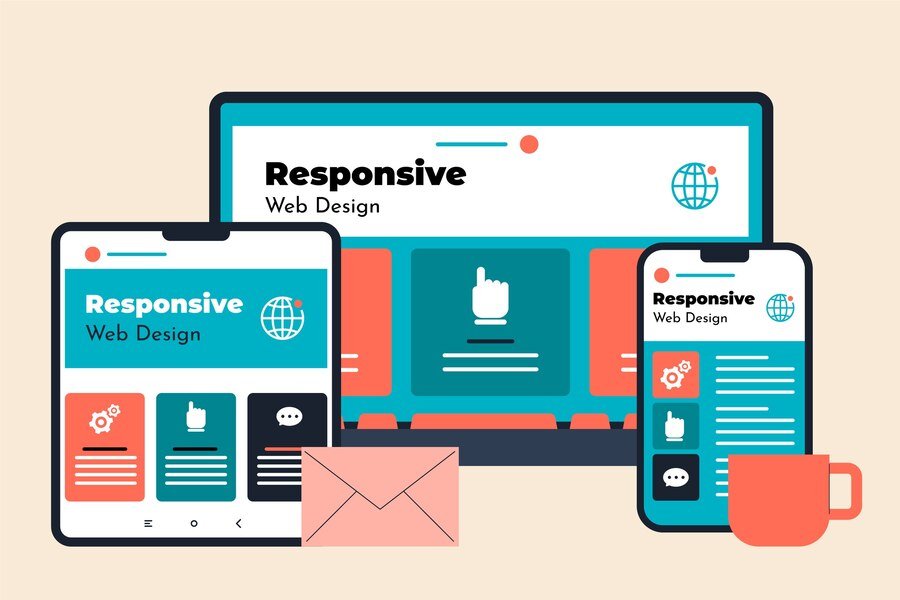
- Wider Accessibility: Responsive design makes web applications accessible to a broader audience. With the proliferation of smartphones, tablets, laptops, and desktop computers, users access web applications on a wide range of devices. Responsive design ensures that your application is usable and visually appealing on all of them.
- Improved User Experience: A responsive web application adapts to the user’s device, providing an optimal layout and content arrangement. This enhances the user experience, making it easy for users to navigate and interact with the application, regardless of their device.
- Consistency: Consistency in design and functionality is essential for branding and user trust. Responsive design ensures that your web application maintains a consistent look and behavior, reinforcing your brand identity.
- SEO Benefits: Search engines, such as Google, favor responsive web design. A mobile-friendly, responsive website is more likely to rank higher in search engine results, leading to increased visibility and traffic.
- Cost-Efficiency: Developing a single responsive web application is more cost-effective than creating separate versions for different devices. Maintenance and updates are also streamlined, as changes can be made once and applied universally.
- Faster Page Loading: Responsive design often involves optimizing images and other resources for different screen sizes, leading to faster page loading times. This is essential for retaining users on mobile devices with slower connections.
- Improved Conversion Rates: A responsive design can lead to higher conversion rates on e-commerce websites. When users have a seamless experience on any device, they are more likely to complete transactions and achieve their goals.
- User Retention: Frustration with an unresponsive website can lead to high bounce rates and user abandonment. Responsive design helps retain users by ensuring they can access and use the application with ease, regardless of the device they are using.
- Future-Proofing: New devices with varying screen sizes and resolutions are constantly being introduced. Responsive design is forward-thinking and adaptable, ensuring that your web application remains relevant as technology evolves.
- Adaptability to Different Orientations: Some devices, like smartphones and tablets, can be used in both portrait and landscape orientations. Responsive design ensures that your application adjusts to provide a seamless experience in either orientation.
- Cross-Browser Compatibility: Responsive design often includes ensuring compatibility with different web browsers. This minimizes rendering issues and functional inconsistencies that can arise when users access your application through various browsers.
- User Satisfaction: Users appreciate web applications that are easy to use on their preferred devices. A responsive design demonstrates that you prioritize their needs and comfort.
SEO (Search Engine Optimization):
- Increased Visibility: Effective SEO techniques improve your web application’s visibility in search engine results pages (SERPs). This can lead to more organic traffic, reaching a wider audience of potential users.
- User Acquisition: By ranking higher in SERPs for relevant keywords, your web application can attract users who are actively searching for the products, services, or content you offer.
- Credibility and Trust: Websites and web applications that rank well in search results often appear more credible and trustworthy to users. Good SEO practices contribute to this perception.
- User Experience: SEO best practices, such as optimizing page load times and providing quality content, enhance the user experience. Users are more likely to engage with and return to a web application that loads quickly and offers valuable information.
- Mobile Optimization: Mobile-friendliness is a crucial aspect of SEO. Google and other search engines prioritize mobile-responsive web applications, considering the increasing number of mobile users.
- Local SEO: For businesses targeting a local audience, local SEO optimization ensures that your web application appears in local search results, driving foot traffic and online engagement.
- Competitive Advantage: SEO can help your web application stand out in a competitive online landscape. By outranking competitors in search results, you gain an advantage in attracting users.
- Long-Term Results: A well-executed SEO strategy can yield long-term results, consistently driving organic traffic and reducing the need for ongoing advertising spend.

Performance Optimization
- User Experience: Web application performance optimization is crucial for a positive user experience. Slow-loading pages, unresponsive elements, or delays in functionality can lead to user frustration and abandonment.
- Reduced Bounce Rates: Faster-loading web applications tend to have lower bounce rates, meaning users are more likely to stay and engage with your content, products, or services.
- Conversion Rates: Performance optimization can directly impact conversion rates. Quick-loading e-commerce websites, for example, are more likely to convert visitors into customers.
- SEO Ranking: Search engines, like Google, consider page speed as a ranking factor. Fast-loading web applications are more likely to rank higher in search results.
- Mobile Experience: Mobile users, who form a significant portion of internet traffic, expect web applications to perform well on their devices. Performance optimization ensures a smooth mobile experience.
- Cost Efficiency: Optimizing performance often involves minimizing the use of resources, such as server bandwidth and data storage. This can lead to cost savings, especially on cloud hosting platforms.
- Scalability: Performance optimization often goes hand in hand with scalability planning. A well-optimized web application is better prepared to handle increased user traffic without significant performance degradation.
- User Retention: Satisfied users are more likely to return to your web application and become loyal customers or regular visitors.
- Data Efficiency: Performance optimization can reduce data usage for mobile users, making your application more cost-effective for those with limited data plans.
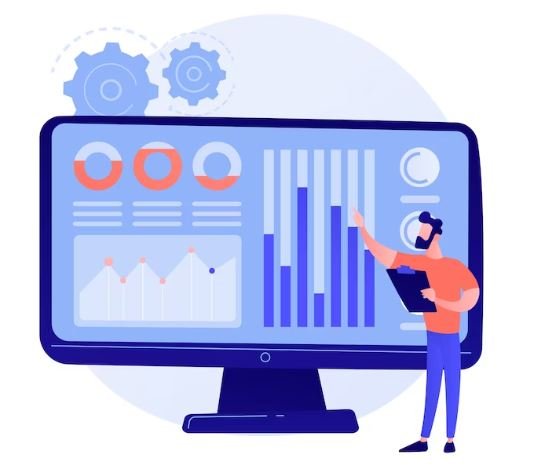
Support and Maintenance:
Ongoing support and maintenance after a web application is live are crucial for its long-term success and sustainability. Here’s why these post-launch activities are of paramount importance:
- Bug Fixing and Issue Resolution: Even with thorough testing, issues may emerge after a web application goes live. Ongoing support allows for the prompt identification and resolution of bugs, preventing user frustration and potential data loss.
- Security Updates: Cyber threats and vulnerabilities evolve over time. Regular security updates and patches are essential to protect your application and user data from potential breaches and attacks.
- Performance Monitoring: Continuous performance monitoring helps identify and address performance bottlenecks, ensuring that the application remains responsive and accessible, even as user traffic fluctuates.
- Compatibility Maintenance: New devices, browsers, and operating system versions are regularly released. Ongoing support ensures that your web application remains compatible with the latest technologies and devices.
- Content Updates: As your business evolves or your content strategy changes, you’ll need to update and add new content to your application. Ongoing support facilitates content management and ensures that your application stays up to date.
- Scaling and Growth: As your user base expands, your web application may require scaling to handle increased traffic. Ongoing support and maintenance help plan for and implement these scalability measures.
- User Feedback Integration: User feedback is valuable for making improvements and enhancements. Ongoing support allows you to gather and act on user feedback to continually enhance the user experience.
- Data Backup and Recovery: Regular data backups and disaster recovery planning are essential to prevent data loss in case of unexpected events, such as server crashes, hardware failures, or natural disasters.
- Legal Compliance: Laws and regulations related to web applications, data protection, and privacy can change. Ongoing support ensures that your application remains compliant with evolving legal requirements.
- Software and Technology Updates: Technology is constantly evolving. Your application’s underlying technologies, libraries, and frameworks may become outdated. Ongoing support includes the regular update of these components to maintain security and performance.
- Cost-Efficiency: Addressing issues and implementing improvements as they arise can be more cost-effective than addressing a backlog of problems that accumulate over time. Ongoing maintenance helps spread costs more evenly.
- User Satisfaction and Retention: An application that is consistently reliable and up to date leads to higher user satisfaction and user retention. Satisfied users are more likely to become repeat customers or loyal visitors.
- Long-Term Sustainability: Ongoing support ensures the long-term sustainability of your web application. It helps you adapt to changing business needs, user expectations, and technological advancements.
- Competitive Advantage: A well-maintained web application can give you a competitive edge. In contrast, applications that stagnate and deteriorate over time may lose users to more responsive competitors.
- Peace of Mind: Knowing that your web application is continuously supported and maintained provides peace of mind for both you and your users. It minimizes the risk of unexpected disruptions and downtime.

Making the Final Decision:

- Specific Requirements and Goals: Clearly define your project’s requirements and goals before choosing a company to ensure they have the expertise to meet your needs.
- Types of Web Applications: Different web applications, such as e-commerce, social networking, and content management systems, require different expertise. Choose a company that aligns with your project type.
- Expertise and Experience: Evaluate the company’s proficiency in programming languages, frameworks, and technologies relevant to your project.
- Portfolios and Case Studies: Review their past projects and case studies to assess the quality and diversity of their work.
- Client Testimonials and Reviews: Consider client feedback to gauge their reliability and client satisfaction.
- Technical Skills: Ensure they possess technical skills in responsive design, SEO, and performance optimization.
- Security and Data Protection: Confirm their commitment to implementing robust security measures to protect user data and maintain data privacy.
- Quality Assurance and Testing: Check that they have processes in place for thorough testing and quality assurance to ensure a bug-free and user-friendly application.
- Effective Project Management and Communication: Evaluate their project management and communication practices to ensure transparency, accountability, and efficient progress tracking.
- Support and Maintenance: Ensure they offer post-launch support and maintenance services to address bugs, updates, and scaling as needed.
- Cost and Budget: Evaluate the cost structure, ensuring it aligns with your budget and the value you expect to receive.
- Legal and Compliance Knowledge: Verify that the company is aware of legal regulations and can ensure your application’s compliance.
- Scalability and Growth Planning: Choose a company that can adapt to your project’s growth and scalability requirements.
- User Experience and Satisfaction: Prioritize a company that focuses on delivering an exceptional user experience, leading to user satisfaction and retention.
- Long-Term Sustainability: Consider their commitment to long-term sustainability, including technology updates and ongoing improvement.
Conclusion
In the end, your decision isn’t just about selecting a development company; it’s about shaping the future of your web application and, by extension, your project’s success. Armed with the insights in this blog post, you are better prepared to make a decision that can lead to a highly functional, reliable, and successful web application. Choose wisely, and make the most of this opportunity to realize your project’s full potential.
Related book suggest on amazon
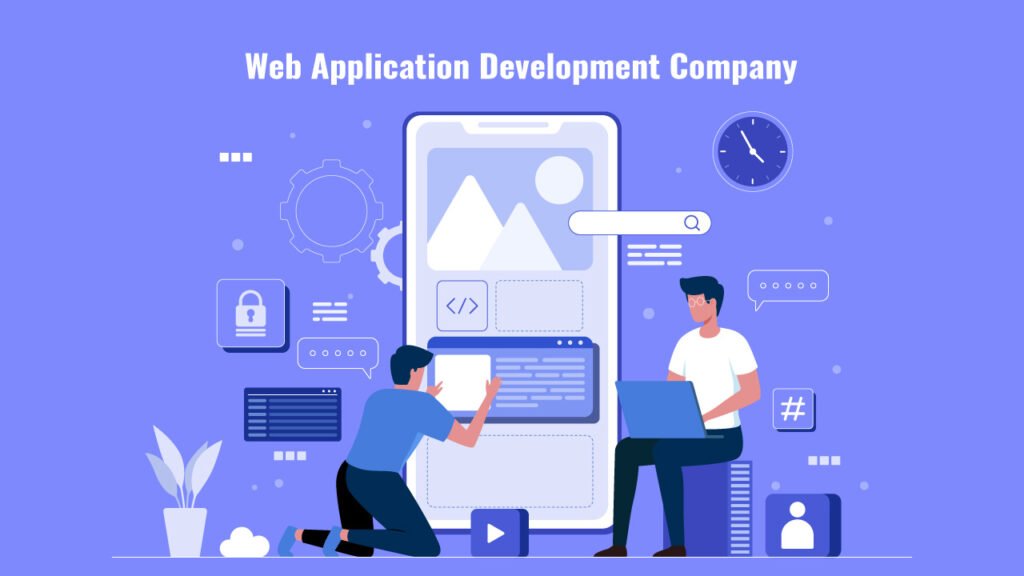

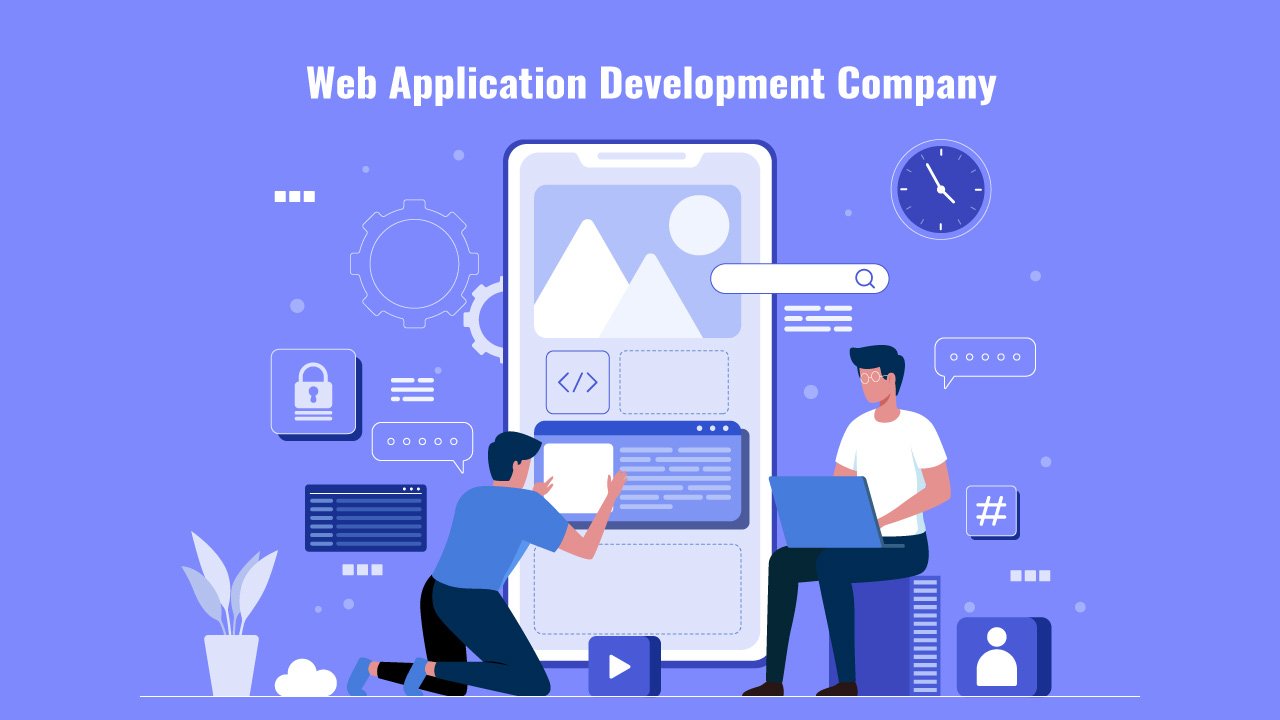
Leave A Comment